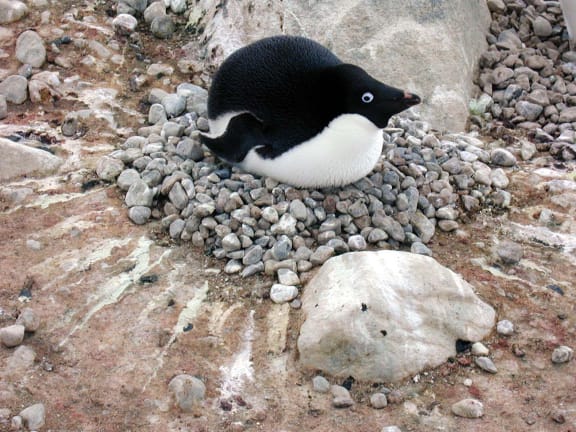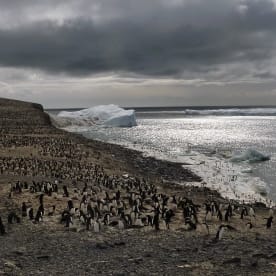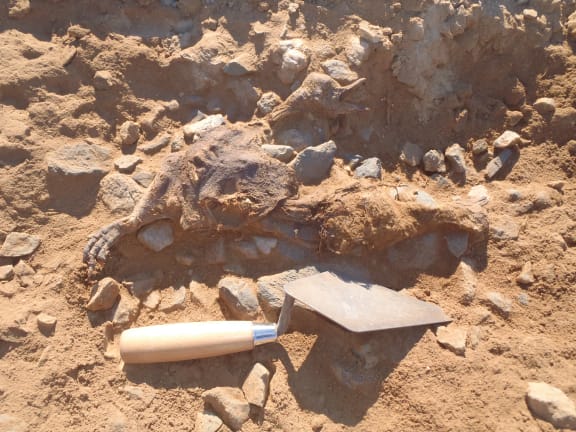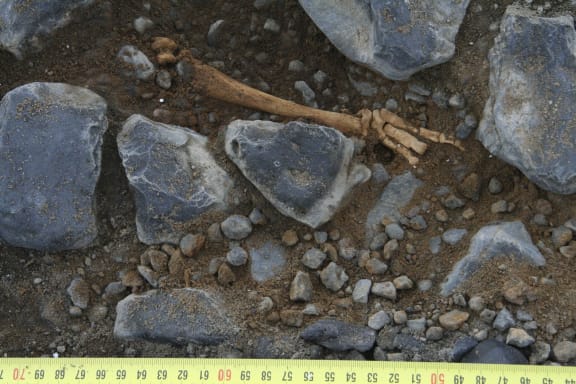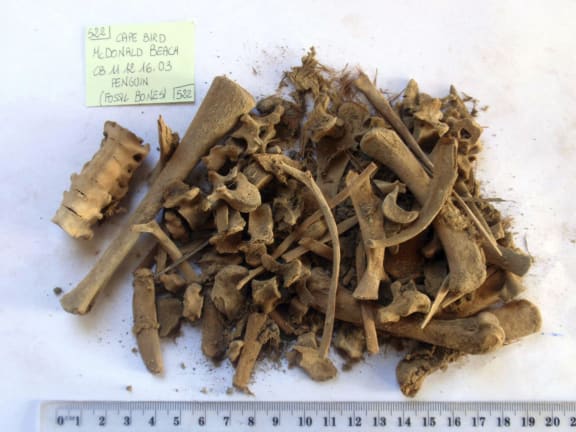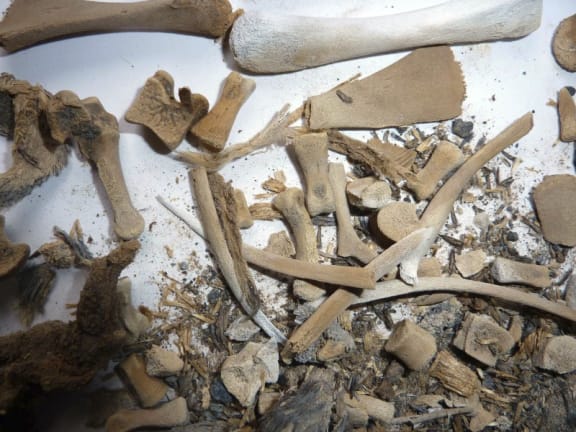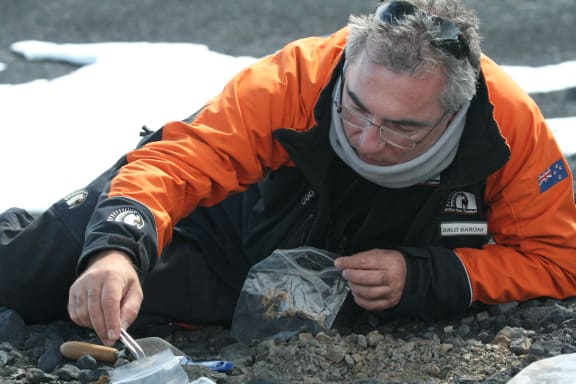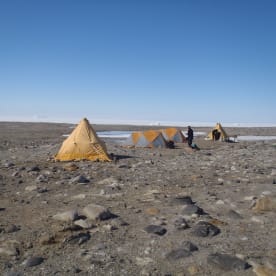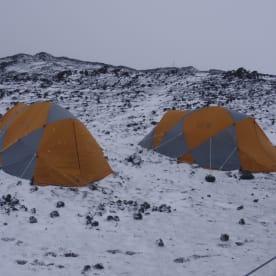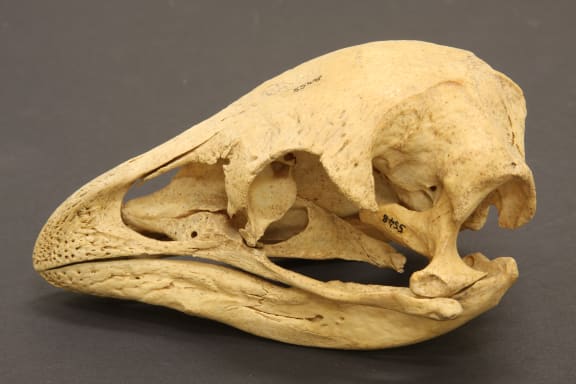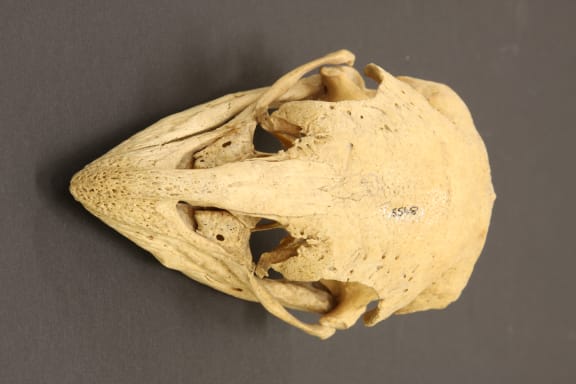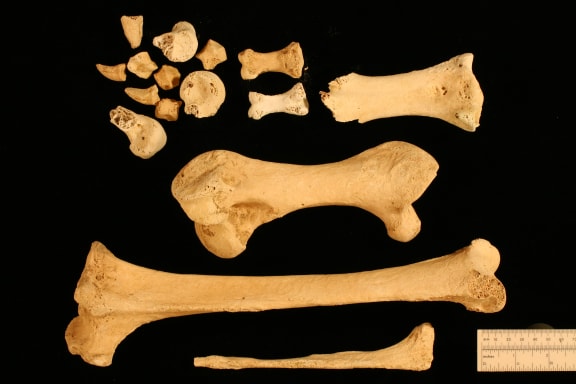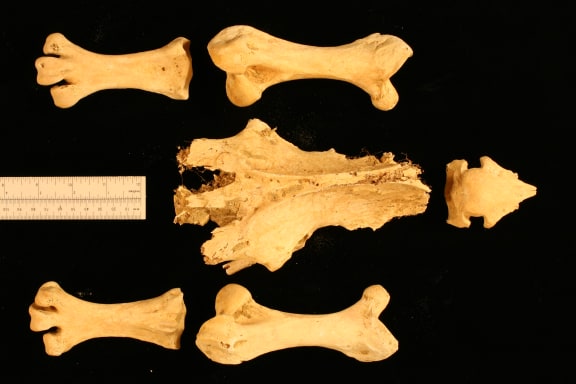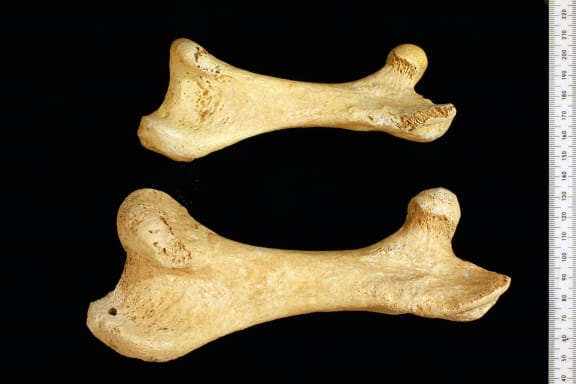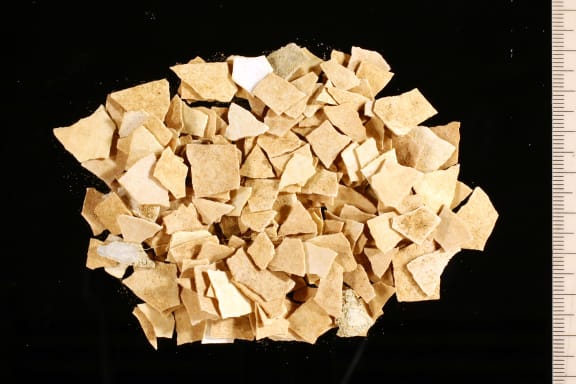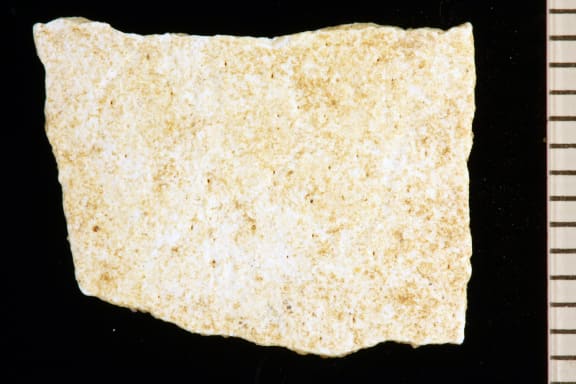For scientists like Associate Professor Craig Millar of Auckland University, finding ancient DNA is relativiely easy. All it takes is fragments of bone, hair, feathers, eggs, or even faeces.
The DNA is extracted by grinding up the remains and mixing it with detergent to break down the lipids and fats. Enzymes are then added to remove the protein, and itis bound to a compound similar to glass beads, leaving pure DNA.
This is then put in a machine that allows for what is called Massively Parallelled DNA sequencing, which can analyse billions of molecules a the same time, making it much quicker and cheaper than ever before to sequence a genome.
Craig Millar says this technology has lead to significant discoveries about the evolution of New Zealand's native birds.
Craig Millar has been working in the Antarctic for over a decade collecting blood from living Adelie penguins and bones from sub-fossil penguins, to work out the rate of evolution.
He and his colleagues have also discovered that moa eggs were in fact very fragile, and if the larger female had sat on it to incubate, it would have broken. DNA fragments found on the outside of moa egg fragments have shown that it was the smaller male that incubated the egg, and that is most likely curled itself around it to keep it warm and avoid crushing it.
Associate Professor Millar says the Moa genome is currently being fully sequenced for the first time. Moa are the only species that didn't have wings, so scientists are looking closely at all the genes involved in wing development to see which are functional or non functional.
He spoke to Kathryn Ryan on Nine to Noon
